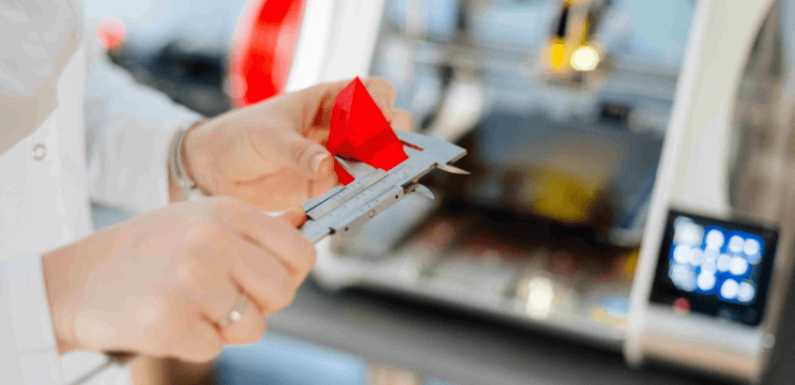
How essential is it to address on-site product testing in a QC checklist? Related to the chest of drawers developed by IKEA, a string of deaths were recorded. A settlement of $50 million was announced by IKEA to the victims’ families. When the chest of drawers fell on top of three children, they were killed by getting crushed beneath it.
Although it’s tragic it is an excellent lesson for the importers who do not consider the testing of products during inspection crucial. By doing a load testing of the chest of drawers, the above-discussed event would have been easily addressed. These are the safety hazards that are vital to be settled before shipping the product.
On-site product testing is an important part of all the quality inspection service in China. This is extremely beneficial as it can help you in advance about any kind of potential safety hazards, poor durability, functional issues, and substandard materials and parts and others.
Many QC professionals and importers generally do not know how to inform their testing needs clearly so that the inspectors can decide a procedure in advance and report the results in the desired way. Let’s check all the things that you have to follow to address on-site testing in your QC checklist:
Equipment requirement for product tests
Do you know which is the most important prerequisite to have an accurate and effective on-site test? It is the availability of proper testing equipment. Without them, it is not easy to perform on-site tests efficiently. Its common repercussion is the failure by inspectors to deliver the correct and reliable results to the importers.
Who will provide testing equipment?
There are companies who provide inspectors with a set of testing tools. Depending on the individual product needs and niche of a company, different types of equipment are carried by the inspectors. Sometimes, it is the responsibility of the inspector to come with the required tools. Other than this, the factory is responsible for providing the necessary equipment for testing.
Below is the list of factors that determine who have the responsibility of providing testing equipment:
Probability: generally small and easy to transport equipment are usually carried by the inspectors.
Applicability: the factory will make equipment available depending on how relevant it is to a product.
Cost: the expensive equipment that is not required on a routine basis are generally not purchased for testing by inspectors. The investment in costly testing items is generally done by factory managers only when they will require it for too many production runs.
Barcode scanner should always be in the hands of an inspector as it is affordable, small in size and applicable in the inspection of almost all kinds of products. One should not expect from an inspector that they will carry a metal detector or a heavy scale equipment for inspection on every visit even if they are used in the checking process of a lot of goods.
Ensure the right testing equipment is available
Most of the times, inspectors assume that their inspectors have everything they will require for the inspection service. So, often times, both the parties lack the required items and then the rescheduling of inspection is to be done.
This will result in issues like delay in shipping and it might lead to an increase in the inspection fees if you have a hired third-party inspector. So, to avoid such repercussions, you must come into contact with your QC team and suppliers prior to the inspection. Make sure to confirm which party is going to bring the required equipment. In case the equipment is neither provided by the factory nor by the inspector then you will have to purchase the tool and during the inspection, lend it to the supplier.
Once the equipment is confirmed and the party who will provide it is decided then state that in your QC checklist clearly. Share it with your inspector as well as the suppliers. This will help in avoiding the cases where the factory, as well as the inspection company, will claim that they both were not aware of providing this testing equipment.
Conclusion:
On-site testing is a prominent part of the inspection to help the importers in understanding the quality of their products. To get accurate and reliable outcomes, it is vital to ensure that the needed testing equipment are clearly understood by the team that is providing the third-party inspection services.

